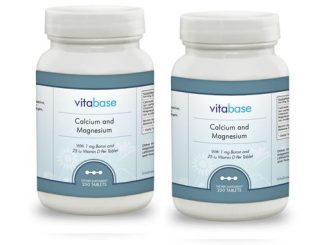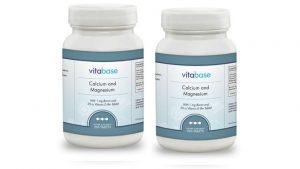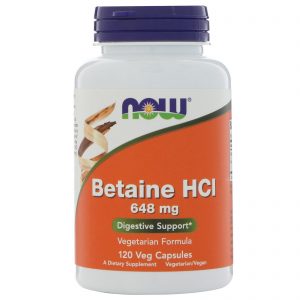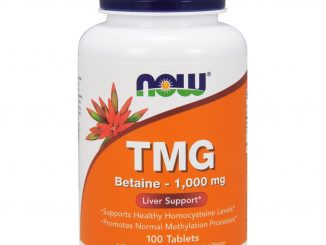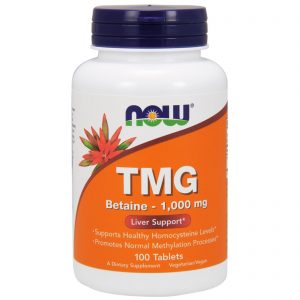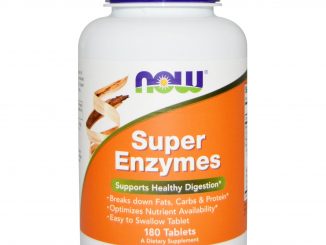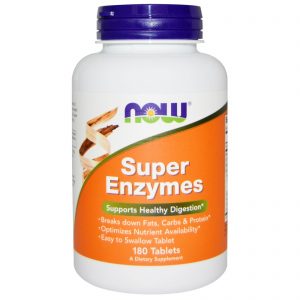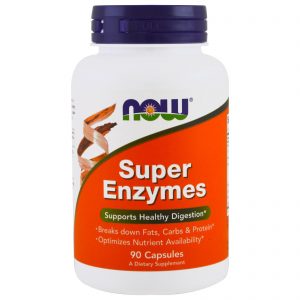The properties of Betaine
Betaine is a modified amino acid consisting of glycine with three methyl groups that serves as a methyl donor in several metabolic pathways and is used to treat the rare genetic causes of homocystinuria. Betaine has had only limited clinical use, but has not been linked to instances of serum enzyme elevations during therapy or to clinically apparent liver injury.


























































